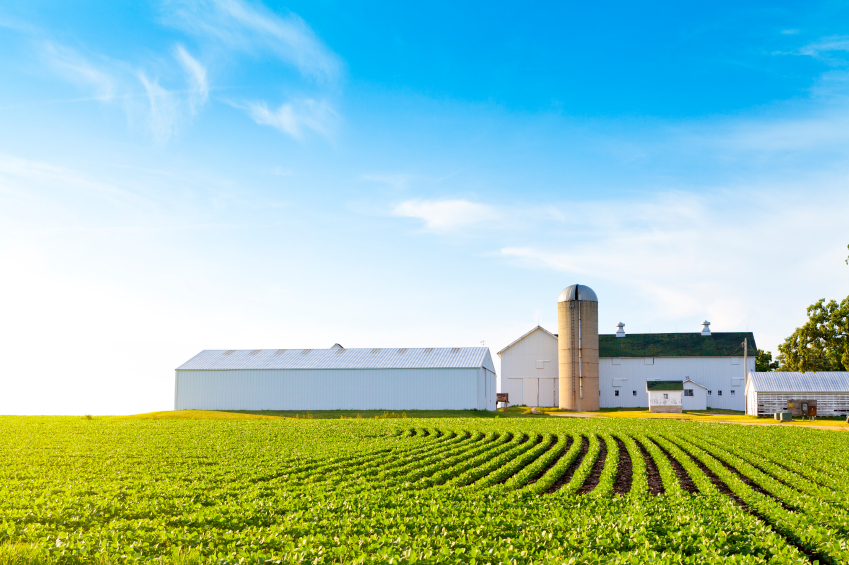Farm Drones Flying to a Field Near You
 Farm Drones Flying to a Field Near You
Farm Drones Flying to a Field Near You
Recently, the online shopping giant Amazon announced that they were working on drone delivery. The goal is to have any order placed with Amazon delivered within 30 minutes via a fully automated drone. In response to this news, the small community of Deer Trail, Colorado put forth a ballot measure that would allow hunters to shoot down government drones. No word yet on the ability to tell the difference between a government drone and an Amazon drone.
Of course, those two entities aren’t the only players in the drone game. On the horizon in industrial agriculture, there is the potential for farmers to put drones to use over their fields. This could prove to be a major benefit in the agricultural and drone manufacturing industry.
A Future of Drones
Right now, most of the drones in use have military or security applications. A drone can be equipped with a video camera, lights, microphones and even a robotic arm. Best of all, it doesn’t take a lot to operate the drone; typically, a single pilot can maneuver the drone from the safety of a far away bunker. In the future, drones will be fully automated with downloadable flight plans that would allow them to fly and function without a pilot. But, the question is, how can this technology help farmers?
Thanks to improved automation systems, the modern farm requires fewer workers to tend to the thousands of acres on a single property. While that is good news for the farmer’s bottom line, this is not favorable when it comes to crop management. It’s difficult to manage such a large area and keep track of any problems that could happen. However, with the development of automated drones, managing vast tracts of farmland would become easier. A flyover from an automated drone could help inspect the plants and detect any infestation or disease.
Drones are already being used by farmers to collect all kinds of data about plant growth and soil conditions. It’s not a stretch to imagine the basic operational systems of these drones being expanded to perform an even larger array of tasks.
Protecting the Farm
Agricultural drones are being developed to protect farms from potentially devastating infestations such as birds, diseases and bugs. This next generation of drones will not only be able to detect these swarms, but will also be able to deliver remedies such as pesticides and herbicides. Think of them as robotic crop dusters. These same drones could be adapted to deliver warming foam when the falling temperatures threaten crops. The mere presence of a flying drone will likely be enough to scare off flocks of birds. This means that the drone could also be thought of as the ultimate “scarecrow.”
Seeding the Land
Over in Japan, scientists are far ahead when it comes to drone technology, developing robots with the ability to plant rice crops. Here in America, GPS equipped tractors are helping farmers plant perfectly aligned fields of wheat. Therefore, the idea that sometime in the near future you’ll be seeing drones seeding fields as you drive in the country side, isn’t all that farfetched.
According to a survey conducted by Unmanned Vehicle Systems International, by the year 2025, the drone industry could pump 100,000 new jobs and $82 billion into our economy. The more help a farmer can receive for improved production and yield, the better off we’ll all be.
So keep watching the skies; there could be a drone flying over.

